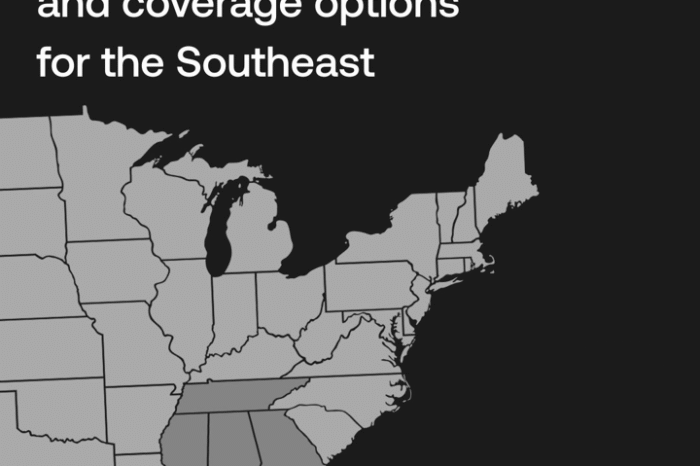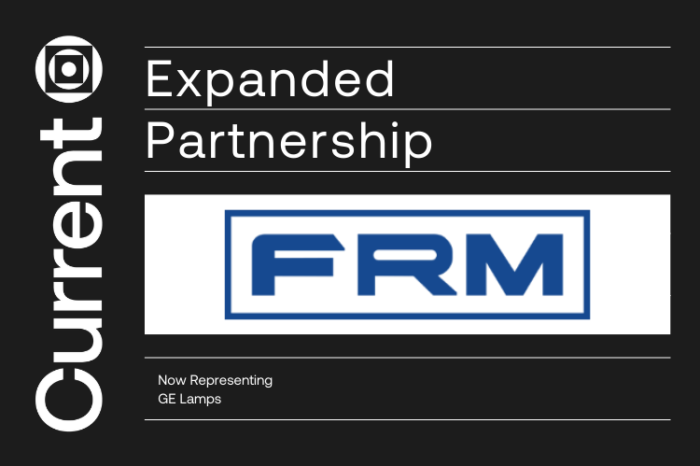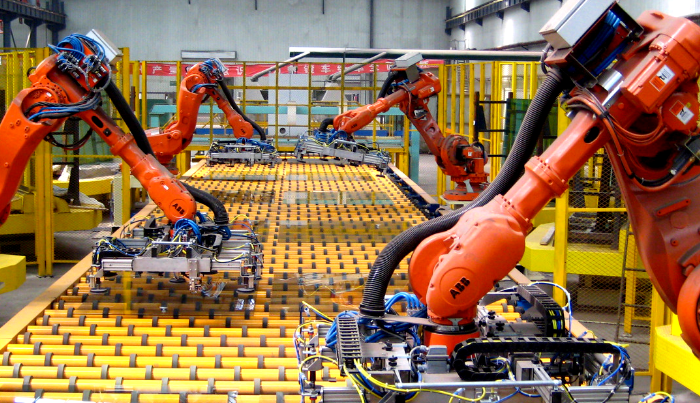Acquisitions Heat Up. Size Matters.

The first quarter saw a number of industry acquisitions and, while individually they highlight company growth initiatives, collectively they signal a trend that could be transformative for the industry … an industry divide driven by size.
Yes, the big are getting bigger and size matters as it will drive a greater divide in the industry, similar to how digital is creating a divide in the industry. And this is for both manufacturers and distributors.
Consider these Q1, and recently announced, deals
- Van Meter acquires the 50% of Werner Electric (MN) it didn’t own. This now gives them 800+ employees, 25 locations in seven states and revenues of about $700 million.
- In January, Van Meter made a small acquisition in Wichita as it started its expansion westbound.
In talking with Brian Bytnar, Chief Sales Officer for Van Meter, about the acquisition spree and Van Meter’s growth strategy, Brian shared regarding acquisitions, “Sometimes acquiring a company is like acquiring a customer, requiring time, consistency, the ability to build a relationship, and then being positioned to be in the right place at the right time.” In talking about their growth strategy, he commented that “As an employee owned company we must grow in order to continue to fuel our ESOP and drive shareholder value. We have the resources needed to grow through acquisition, as well as greenfield expansion. We are excited to be a thriving and growing company in our industry.”
- It was announced that Kendall Group acquired Rumsey Electric. According to sources, this results in Kendall being a $1.3 – 1.5 billion company! This gives them seven companies and they are now in Michigan, Indiana, Tennessee, New Jersey, Pennsylvania, Alabama, Georgia, Ohio and Wisconsin. Some electrical distributors that they have acquired were Roden Electric, Wabash Electric and Becker Electric.
- Cape Electric, a division of Graybar, acquired a one-branch operation, Richmond Electric, while also announcing it was opening a regional distribution center. Growth through acquisition is unusual for Graybar, but this is their second acquisition within the past six months (purchased Shingle & Gibb, a Siemens automation distributor, for $27.2 million in November.)
- 3E, a CED company, based in Des Moines, IA, acquired Sittler Electric, hence adding a location in Washington, IA
- GE Current, a Daintree company (Current) acquired Forum Lighting. Forum is a relatively small architectural lighting company focused in the commercial, healthcare, education and retail space. The company is based in Pittsburgh.
- nVent acquired Vynckier Enclosures, a non-metallic enclosure manufacturer. Presumably nVent will merge this offering into Hoffman and the Hoffman reps will pick up the expanded product offering. Vynckier has agency strength in the eastern and central part of the country, so the acquisition could help grow the western business (presuming capacity.)
- Omni Cable acquired Houston Wire and Cable. Omni offered a $1.50 / share premium to Houston’s closing stock price presumably to dissuade others from topping their offer as the agreement had a “go-shop” provision which expires on April 24th. But no premium to asset values was reportedly paid. (While Omni is spending $91 million and they say that they are keeping the brand and the assets, there are too many synergies to ignore … and the only reason to keep the two brands is to block others, like Distributor Wire and Cable, from visibility at distributors who want choice … including marketing groups. We’d be surprised if the cost synergies were not realized within a year.)
- Universal Lighting Technologies and Douglas Controls were sold to Atar Capital and combined into Universal Douglas Lighting Americas.
Some thoughts:
- The Rockwelll-inspired deals, to a degree, are expected, as Rockwell desires larger, and fewer, distributors. This is a case of strong ESOPs acquiring other ESOPs (and yes, the Kendall deal is unusual in the sense that it is not contiguous APRs.)
- With a couple of the deals being small (Cape, 3E), perhaps these small distributors had “generational challenges” or the past year “wore them down”?
- Don’t think size matters to manufacturers … distributors have reported that with the current supply chain disruption, some manufacturers are prioritizing support to their “larger / better” distributors and, in some cases, this means companies that can accept larger orders (RDCs and CDCs). They are seeking to streamline their operations.
- The larger the distributor, the more they can invest resources into the business … for eCommerce, specialists, operational efficiencies, new services. Consider the law of percentages. If a $100 million invests 2% into technology, it’s a $2 million budget. A $500 million company can invest $10M in technology OR can invest the same $2M and put the other $8M into other resources (sales specialists?) to grow the business … or put it to the bottom line. Growth can fuel growth.
- On the manufacturer side, it’s about scale of operations, taking greater share of spend at the distributor, “demanding” more from distributors, being more “important” / “influential” at their distributors and, if they are publicly held, it fuels their “growth” story for Wall Street.
- 2020 wasn’t kind to a number of lighting companies. The result may be more acquisitions in this space, however, it will probably be niche companies or technology-based companies. Those with undifferentiated products are “challenged” and can only have value for a narrow company to expand their offering (and of course, every distributor needs another lighting line to buy from … which is why a number of these companies seek to sell online / direct to contractors … most unsuccessfully as a growth model.)
Industry consolidation has impacts on:
- Distributor “choice” in suppliers. Do you put more eggs in one basket? Purposely diversify?
- Reps as they may lose / gain lines and some companies may decide to have different reps by brand due to conflicts that “well performing” reps have, especially if manufacturer acquisitions are not complementary lines. Some of this is also why you see rep acquisitions and expansions (i.e. JD Martin expanding to NC / SC, United Electrical Sales in NC / SC).
- Marketing groups … do they only represent large lines? Do larger manufacturers decide that they don’t need the groups?
- Associations … could this mean less members? What does it do to dues structures? The number of people at meetings? Services these companies “value”?
- Manufacturers … whom to provide enhanced support to, whom to prioritize.
While there are still many independents in the market, sales volume is getting aggregated. We won’t have a few, defined as a handful, controlling the industry, but quickly there are more billion dollar players in the market … large regionals.
Size matters as it can differentiate and enable additional resources. Competing against these companies may require a different playbook.
Do you see more acquisitions occurring this year? What’s driving them?























